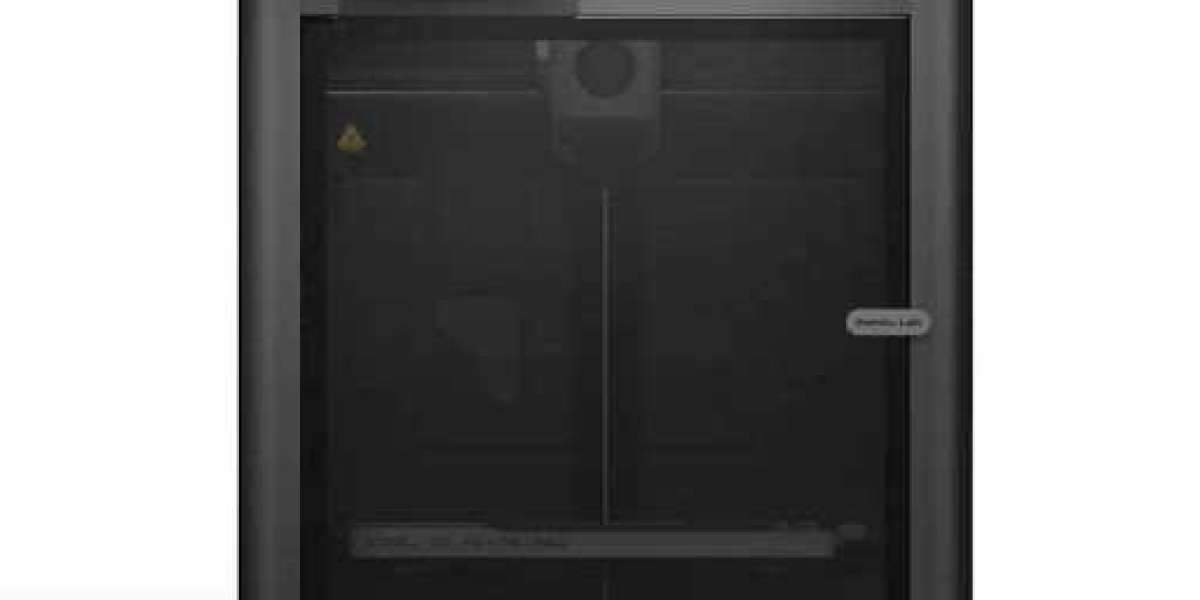In the world of 3D printing, the quality of your prints largely depends on how well you manage your professional 3D printer. Whether working in a high-demand industrial setting or running a small-scale production line, optimizing your 3D printer’s performance is key to achieving high-quality, consistent results. Professional 3D printers offer unparalleled capabilities for producing intricate designs, prototypes, and end-use parts, but to make the most of this technology, you need to understand the ins and outs of the machine, the materials, and the software involved. In this blog, we’ll share some essential tips and tricks to help you get the best results from your professional 3D printer.
Use High-Quality Materials
The material you use plays a huge role in the outcome of your prints. Professional 3D printers support a variety of materials, from basic PLA and ABS to more advanced filaments like carbon fiber-infused plastics, resins, and metals. Always opt for high-quality filaments compatible with your printer and intended application. Poor-quality materials can cause clogging, uneven flow, or warping. If you’re using a specific material for a unique application, such as a metal alloy for aerospace parts, ensure that the material’s properties align with the required strength, flexibility, and durability.
Optimize Print Settings
Every print job requires a specific set of parameters to achieve optimal results, and adjusting your settings based on the material and design is crucial. The final result is the print speed, layer height, nozzle temperature, and print bed temperature.
- Print Speed: Slower speeds improve print quality, particularly for intricate or detailed parts. While speeding up the process can be tempting, reducing the print speed often results in more precise and accurate models.
- Layer Height: A lower layer height (e.g., 0.1mm) produces smoother surfaces but takes longer to print. Higher layer heights (e.g., 0.3mm) are faster but can result in a rougher finish.
- Temperature Settings: Each material has its own optimal printing temperature range. Ensure that your extruder temperature and heated bed are set according to the manufacturer’s recommendations for the best adhesion and material flow.
Adjusting these settings based on your specific project can make a huge difference in the final quality of your print.
Monitor and Adjust Support Structures
Support structures are crucial when printing complex models with overhangs or intricate geometries. However, the type and placement of supports can affect the final result, particularly when it comes to post-processing. Many professional 3D printers come with support options built into the slicing software, allowing you to experiment with different configurations.
Ensure the support structures are easy to remove and won’t damage the printed model. For models with very fine details, try using soluble support materials or print at an angle to minimize the support needed.
Explore New 3D Printing Technologies and Upgrades
As 3D printing technology evolves, so do the tools and features available for your printer. Keep an eye on the latest updates, whether software enhancements or hardware upgrades. For example, many newer models of professional 3D printers support multi-material printing or offer higher resolutions. Additionally, suppose you're looking for a cost-effective option to upgrade. In that case, you might find printers on sale in Canada or other discounts at 3D Printing Canada that allow you to invest in new technology without breaking your budget.
Experiment with Different Printing Techniques
Once you're comfortable with the basic settings, it’s time to experiment with different printing techniques. Adjust your printer’s infill density, wall thickness, or printing orientation to find the best results for your specific applications. Customizing your prints for durability, weight, or aesthetic appeal can open up new design possibilities.
Conclusion
Achieving the best results from your professional 3D printer combines the right materials, settings, maintenance, and environmental factors. You can create high-quality, precise prints every time by paying attention to calibration, material quality, and printer settings. If you’re working on a prototype and need to experiment with design ideas, consider exploring cheap 3D printing options to reduce costs. While professional 3D printers offer high-quality prints, prototyping doesn’t always require top-tier resolution.














